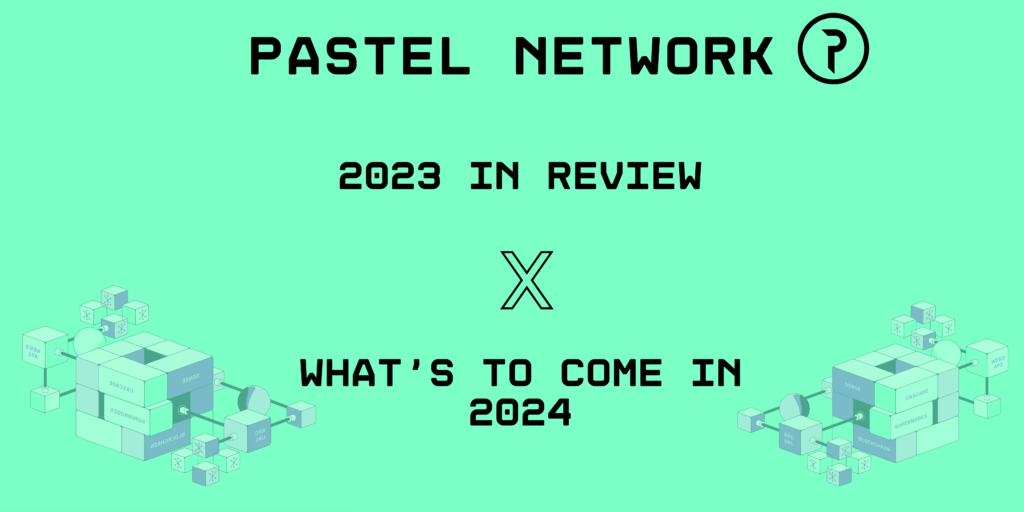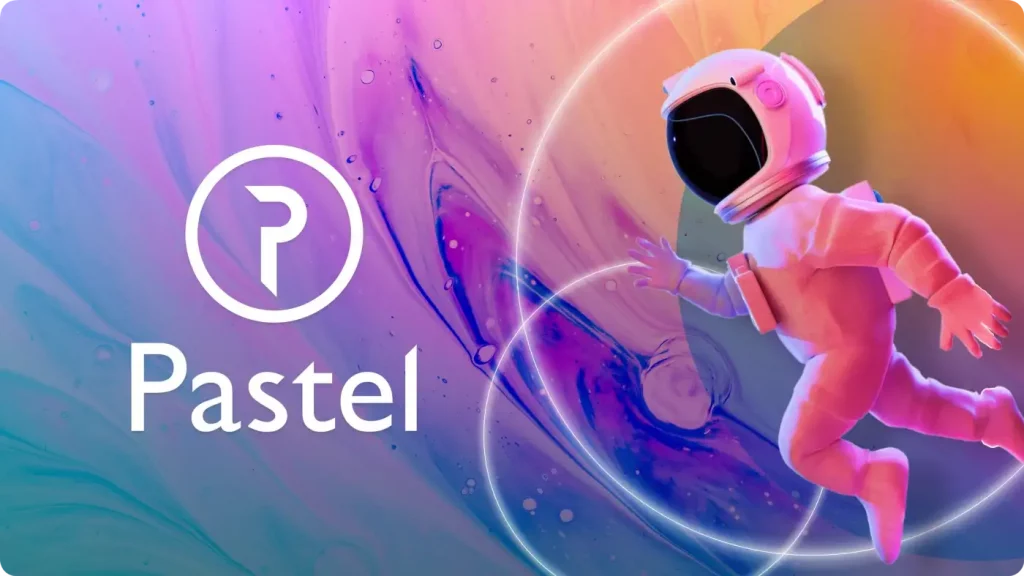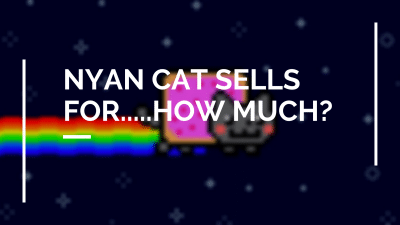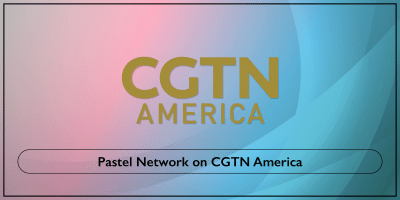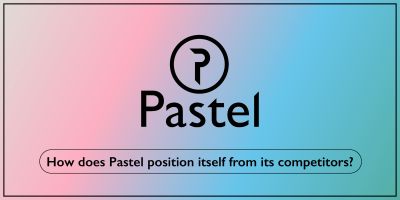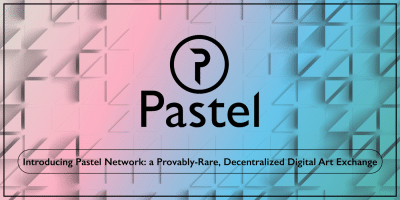Today, Pastel has announced that it has open-sourced its mainnet to the community for public release. Pastel is an open-source, decentralized system allowing artists to register “provably rare†assets on a Bitcoin-like blockchain, while also allowing art collectors to purchase these artworks and “trustlessly†trade them among themselves without reliance on a central authority. After months of extensive development and testing, the Pastel Network mainnet is fully developed and live.
The network allows art collectors to purchase these artworks and “trustlessly†trade them among themselves without reliance on a central authority. Over two years ago, the team set out to develop the underlying infrastructure for a fully decentralized digital art platform, to better democratize the digital art world.
The core of the network is built on top of Z-Cash, leveraging EquiHash, a 2.5 minute block time, and an emission schedule relatively aligned with that of Bitcoin. Furthermore, the platform allows for shielded transactions by employing a Z-SNARKS Trusted Setup.
However unlike Z-Cash, there is no hardcoded mining reward and instead, compensation and promotion of the pastel Network is conducted using a decentralized voting system controlled by Masternodes, the cornerstone of the Pastel architecture. Pastel implements essential elements from DASH, making it a novel masternode based cryptocurrency with full support for Z-SNARKS. On top of underpinning the overall security and validity of the network, Masternodes serve a key operational use case of the platform as they are critical for registering artwork and facilitating trading between users.
With the attributes of Z-Cash and Dash, Pastel has built a secure system able to identify network participants – artists, collectors, and Masternode operators – across all interactions. This attribute is essential for having a functional reputation tracking system and for detecting and mitigating hostile behavior by malicious users.
Perhaps most importantly, compute intensive applications and operations are enabled by processing capabilities provided by the network’s Masternodes. To be specific, the application’s artwork registration flow lends itself to a sophisticated system that combines near-duplicate image detection and testing for inappropriate content – each with their own novel and innovative framework which leverage advances in machine learning technology as well as the creative application of classical statistical techniques. Pastel also introduces a novel method to increase the capacity of the blockchain for storing the required ticket data through the use of the innovative Z-Standard lossless compression algorithm developed as an open-source project by Facebook.
Currently, the network’s emission schedule matches that of Z-Cash, which is closely modeled off of Bitcoin. Bitcoin’s block reward began at 50 BTC per block, with a new block every 10 minutes. Conversely, Pastel has a max supply of 1,000x the size of the Bitcoin max supply, with a new block every 2.5 minutes (vs. every 10 minutes for Bitcoin). As such, the initial block reward is 6,250 PSL / Block, and is reduced by 50% every ~ 4 years (similar to halvening events in the Bitcoin network).
The Pastel Growth Fund receives 5% of the total block reward. These are funds that can be directed, in a decentralized way, by a vote of the Masternode owners as a group, using an integrated voting system. The ultimate goal of the Growth Fund is to promote the network through early adoption and public relations efforts. This might include the development of new functionality through updated software, the promotion of the project by getting the coin listed on a new exchange, or the promotion of the project through the enlistment of well-known or respected digital artists who could register their original works on the system.
To date, the project has largely been funded by a handful of developers and early adopters. With the launch of a fully functional mainnet and platform (in comparison with many other blockchain projects which market nothing short of vaporware), the network has been able to raise financing from Innovating Capital, a technology fund out of New York, to further the project’s development and product adoption.
